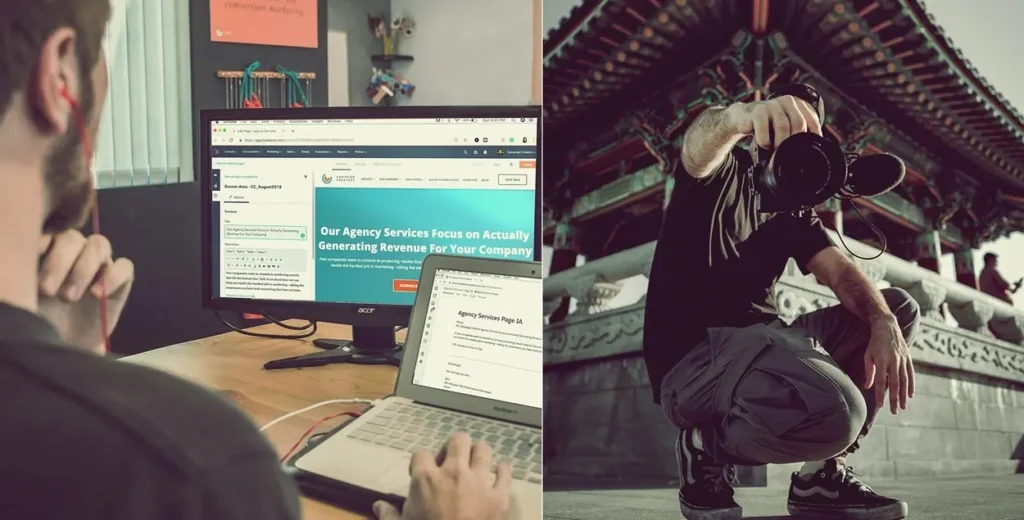Creating SEO-optimized content for your website is annoying but it’s a must. If you want to grow your audience, you need to refine everything to improve your chances of ranking higher on search results pages.
Don’t forget that no matter how optimized your post is, it won’t matter if the content itself lacks quality or doesn’t offer anything new. SEO is just the marketing tool, the most important part is the content itself. Also don’t forget to optimize your website’s performance.
Install SEO Plugins
If you’re using WordPress, plugins like Yoast SEO or Rank Math SEO handle much of the heavy lifting and simplify the optimization process a lot. Website builders like Wix, Shopify, and Squarespace also have their own SEO tools.
Permalink Settings
By default, WordPress URL format looks something like this: “sitename.com/p-1/“. To make it more SEO-friendly, go to your WordPress Dashboard > Settings > Permalinks and change it to “sitename.com/post-name/“.
Keywords & Keyphrases
Keywords and keyphrases are the obvious, most important part of SEO. Tools like SEMrush, Ahrefs, and AnswerThePublic are great for finding good keywords and analyzing popular search queries.
As a beginner, you should look for low competition keywords with decent search volume. These are easier to rank for and give you a better chance of appearing on the first page of search results. Don’t use titles like “What is WordPress?”, that will get you nowhere.
Long-tail keywords are ideal for new websites. Be specific. For example, instead of “best sushi restaurant,” go for “best authentic sushi restaurant in [small town/district].”
SEMrush, Ahrefs, Ubersuggest and many other SEO tools give a few free daily searches. Use these to explore keyword volume and competition, and choose your post title and focus keyword accordingly. Don’t get greedy and target keywords with 1000+ monthly searches right away. Smaller volume keywords are less competitive, start there.
The Ideal SEO Optimized Content
- Keep you URL/slug shorter than 70 characters. Use the focus keyword in it(e.g.: “best-seo-tools-2025“, not “seopost1“). Stick to hyphens and lowercase letters, don’t use special characters.
- Title: Use the focus keyword at the beginning of your title. Avoid keyword stuffing, readability matters too. Keep your title 60 characters or less and use numbers for list-style posts (e.g., “10 Best WordPress Plugins in 2025”).
- First Paragraph: Use your primary keyword early and include related (LSI) keywords.
- Keyword Placement: Sprinkle keywords throughout the post—not just at the start.
- Ideal paragraph length: 100–150 words
- Ideal sentence length: 15–25 words
- Ideal total length: 1000–1500+ words
- Meta Description: Write a good description that includes your main keywords and LSI keywords.
- Internal & External Links: Use at least 1–2 internal links (link to your older posts). Add 1–2 external links to reputable sites to improve your authority. Also, create a table of contents using anchor links to improve navigation and user experience.
- Use FAQs, lists, and tables. FAQs are one place where keyword stuffing is totally fine, so take advantage of it. And people love lists and tables, it makes the content much more fun.
- Post regularly. Google values active websites and learns your publishing pattern, adjusting how often it crawls your site.
- Add keyword-rich alt text to every image. You can gain lots of visitors from image search results.
- Keep the publishing date it visible. Google likes fresh content.
- Enable comments. User engagement can improve SEO.
- Add sharing buttons above or below your content. They help increase backlinks and improve your website’s authority.



